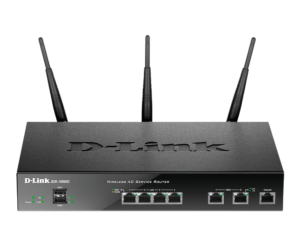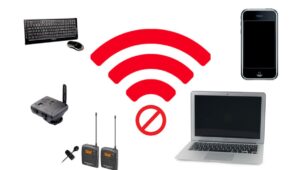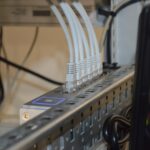Programming a Cisco router might seem very easy for professionals. But when you have to do it for the first time or, for example, write a paper about it, the questions outweigh the answers.
If it’s the second option and you have to do coding assignments in college or university, be sure to pay someone from a programming homework service like AssignmentCore. An expert team of programmers will write a code for you at a reasonable price and in any language.
If you just need to configure your Cisco router and need some tips and tricks on the topic, we’ll help you with the best recommendations presented below!
Cisco Router Programming Recommendations
Cisco routers have so many features you can configure to your liking that it’s very easy to get confused. While there must be a full tutorial on the setup in the instructions to the device, here we’ll talk about the things that will make this process easier.
#1. Use the “Setup” Option
When you power up a new router, there’s a “setup” option which is basically a utility. It helps you configure the device according to the basic parameters. You won’t need to get into the different features of the router and chances are it will work very well with that standard configuration
#2. Learn Command Line Interface (CLI)
If you’re aiming to become a Cisco network administrator, it’s important to know how to program even the same basic setup using the Command Line Interface or CLI. Later on, you will be able to perform complex programs using this interface which becomes easy once you get into it.
There are lots of tutorials on CLI modes and configuration parameters.
#3. Mind Router Location
No matter how well you program a Cisco router, if you place it somewhere with obstacles for the signal, there will be a lot of troubleshooting to do in the future.
Closets, corners, back offices, and other such places aren’t the best for your router. The best place is the middle of the room, so make sure you figure something out after (or before) configuring the device.
#4. Add a Wireless Range Extender
This may sound too simple, but sometimes the signal is lost or gets too weak because you try to connect to it from afar. Consider buying a wireless range extender to boost the signal and therefore make the speed faster. This is especially relatable for large offices, houses, or computer halls.
#5. Don’t Miss a Step in Programming
When programming your Cisco router, make sure you don’t miss any step. First of all, you’ll need to set the password. Use the Privileged EXEC mode to access the Global Configuration Mode to get the right to set or change the password. It can be enabled in the Enable Secret mode, which is difficult to forget.
Then create a hostname for the router, configure IP addresses, static or dynamic routing. As to the latter, remember that the admin sends the route to the device in the static mode while it learns the routes itself in the dynamic mode.
Save your configuration into the NVRAM.
#6. Keep in Mind New Configuration Overwrites the Old One
If you have configured your Cisco router automatically at first (basic setup) and then decided to use CLI to program it yourself, make sure you check everything several times before saving the input data. The new configuration will overwrite the old one so if there are mistakes, it may be difficult to come back to the old setup.
#7. Use the Right Mode
There are two configuring modes in Cisco routers:
- User EXEC;
- Privileged EXEC.
The first one will give you access to a limited set of parameters you can change. It’s quite safe and can be used when you want to play with the settings a little bit to find out how configuration works. You won’t be able to change your password with it, for example.
The second one should be used for serious programming of your router like password and hostname changes, etc. You’re getting all the rights to change, enable, or disable features. The mode is accessed with the Enable command, which is why it’s also called the enable mode.
#8. Ask for Help If Possible
If you can’t figure out what’s wrong in the configuration and don’t want to erase the settings yourself, find a professional. You can ask your Internet provider to send someone your way or ask a friend for help. There are also tons of materials online and the manual for the router will tell you a lot. So first, read the manual, then look on the Internet for help, and then call a specialist to get you out of a difficult situation.
Make sure you follow all the instructions when programming a Cisco router. Missing one step or doing it wrong will change all the configurations and the device won’t be working properly. Be prepared to check everything several times and troubleshoot. There are lots of tutorials. guides, and videos online that will help you configure any model of a Cisco router successfully.
Of course, if you’re not sure you can program the router correctly yourself, consider calling a professional. However, if you want to do it for a living or need it for a class, make sure you do everything in your power to learn every small step of the configuration process.







